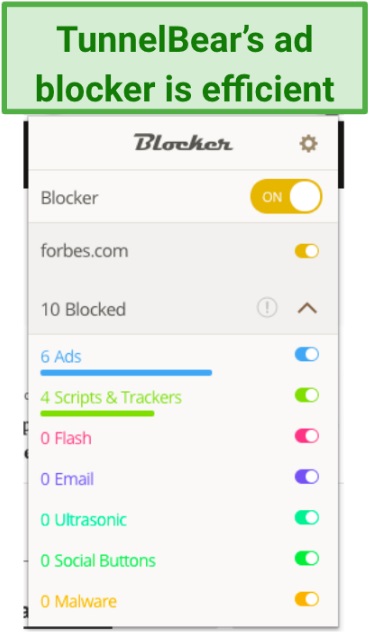

Cuteness aside, there’s simply not a lot of substance here. With no details regarding topics like encryption, protocols or DNS and only bare-bones information on its main selling points, TunnelBear’s website isn’t likely to satisfy anyone with even novice-level technical knowledge. Though the articles here are well-written and easy to understand regardless of technical skills, there aren’t that many of them additionally, quite a few contain links to TunnelBear blog posts that promise more information, but the entire blog appears to be dead and the links redirect to a slightly different version of the current homepage. Most of the informative content is found in the “Help” section.
#Tunnelbear wont connect plus#
Some of TunnelBear’s features, like its VigilantBear kill switch and GhostBear traffic obfuscation, get their own informational pages, but most get nothing more than a sentence or two, plus a bear graphic. While the bears are enchanting, to be sure, it’s hard not to wish that some of the effort put into them had been redirected towards the website’s actual content instead. Aside from being cute, it’s a personable touch that makes the company feel more human, unlike many other VPNs whose creators and staff are nameless and faceless. They’re everywhere, from the animated grizzly, teeth bared and claws unsheathed, that pops out of a tunnel on the homepage to the smaller ones that populate the features panels, gnawing through security camera cords and reaching through computer screens to swat away threats.Īll of TunnelBear’s employees are introduced on the About page, along with mini-bios and (of course) bear-ified portraits. TunnelBear adheres to the same basic layout as its competitors, but with one notable difference: bears. It’s not a bad layout, per se, but it does make all the companies that use it blend into one another. Most VPN websites these days look, for the most part, very similar: navigation at the top, a large introductory banner with a catchy slogan and, as you scroll down, panels of features complete with minimalist-style graphics. Despite the acquisition, TunnelBear continues to be headquartered in Toronto and run by its original founders. In March of 2018, TunnelBear was acquired by McAfee, an American computer security company best known for its antivirus software. Dochuk, a former Microsoft employee, manages the corporate end of the company, while Kaldor, who studied math at Cambridge, leads the technical side. TunnelBear was founded in 2011 by Canadian tech entrepreneurs Ryan Dochuk and Daniel Kaldor.

Bonus: cute bears everywhere! About TunnelBear

If you’re looking for a VPN that’s easy to set up, simple to use and packed with privacy protections, search no more: TunnelBear is just what you’re looking for. If You’re In a Rush and Just Want Our Concise Opinion …

Anti-VPN blocking so you can stream content from services like Netflix and Hulu.A worldwide network consisting of more than 1,800 servers in 22 countries.Safe Wi-Fi experience – TunnelBear protects your computer when you’re connected to insecure networks, like those at coffee shops in other words, they provide a local firewall for protection and an encrypted tunnel for internet privacy.No logging policy – TunnelBear doesn’t store the websites you visit in a database.Closest tunnel – TunnelBear chooses connections that are nearby (aka the lowest “ping”) so you keep and maintain a fast internet connection.Always on – once connected, you’ll stay connected, that is until you turn the TunnelBear service off.Vigilant mode – if your connection gets disrupted or dropped for any reason, TunnelBear will block all unsecured internet traffic until it’s safely reconnected.If You’re In a Rush and Just Want Our Concise Opinion ….


 0 kommentar(er)
0 kommentar(er)
